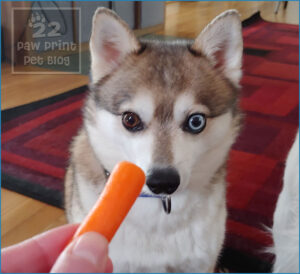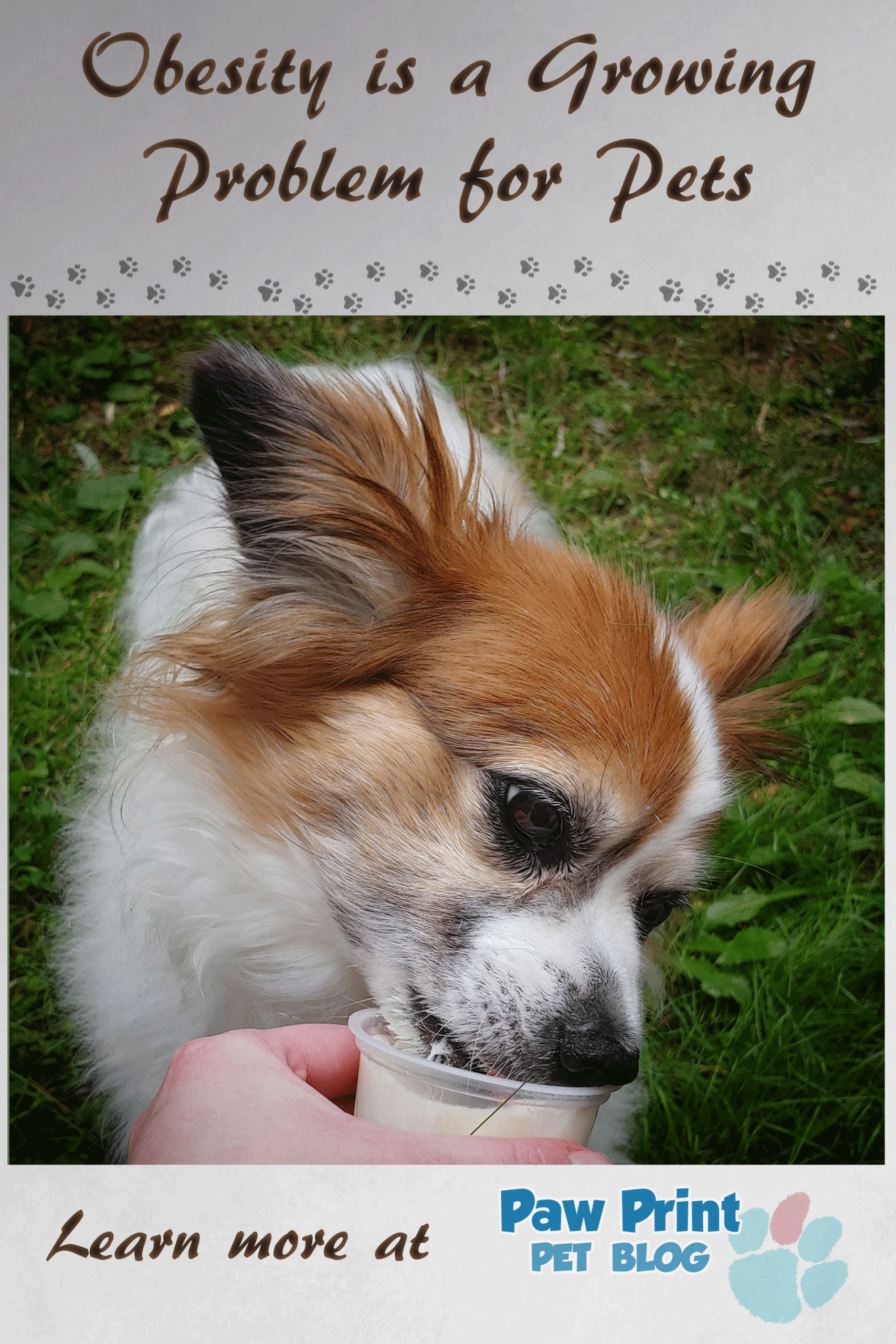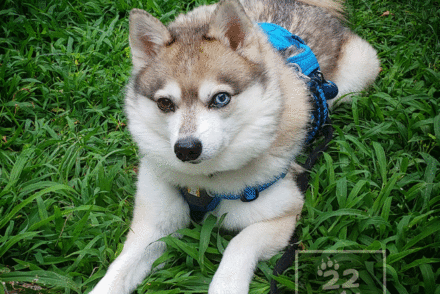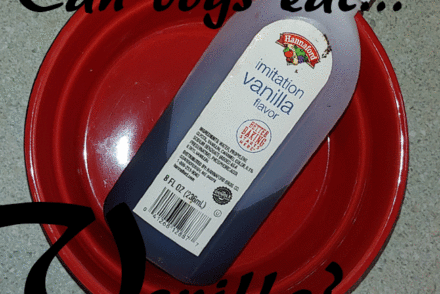
Like with humans, the growing waist sizes of American pets is quickly becoming a national epidemic. A 2021 survey among American pet owners, conducted by the Association for Pet Obesity Prevention, found that around 45% of cats and 44% of dogs are overweight or obese. That’s just under half of the domestic pet population, and is not even taking into account exotic pets, who are also prone to becoming overweight. Contrary to what some may believe, the problem is not only here in America. Globally, pet obesity is a growing problem that in some countries is considered abuse.
Post Contents:
Don’t Let Your Pet Become an Obesity Static!
 What can you do to keep your pet from becoming a part of the ever growing pet obesity statistic? Like with many other vices, the first step is admitting to yourself that you may have a problem.
What can you do to keep your pet from becoming a part of the ever growing pet obesity statistic? Like with many other vices, the first step is admitting to yourself that you may have a problem.
Pets love food! Not many things will make Fluffy or Fido happier than receiving a delicious treat. There’s nothing wrong with treating your pet once in awhile, but it’s a simple fact that pets who are given too much to eat and not enough exercise, just like humans, are likely to become overweight.
How to Tell if Your Pet is Overweight or Obese
If you think your pet may already be carting around some extra baggage, a visit to your vet can confirm. Your veterinarian should be able to help you determine what a healthy weight for your pet would be. For a typical cat or dog, there are some indicators that your pet may be overweight. For a healthy adult animal, you should be able to see a defined waist when looking at them from above or from the side. If your pet looks like a thick sausage, or maybe even a basketball, then chances are your pet is overweight.
You should be able to feel your pets rib cage without having to press down too hard to find it. You don’t have to necessarily be able to see your pets ribs, but they should not be covered with such a thick layer of fat that you cannot feel them when petting your animal. Keep in mind, however, that normal body shapes can differ between breeds and even between individuals. Your vet should be able to help you to determine what would be a healthy weight for your individual pet.
Helping Your Pet Loose Weight
 Once you have determined that your pet may be overweight, what can you do about it? The simple answer is diet and exercise. For an overweight pet to loose weight, they must burn more calories than they consume. It’s important, even if your pet is not overweight, to determine a healthy maintenance diet for you pet so that you can maintain your pets healthy weight. A maintenance diet should take into account your pets energy level and size.
Once you have determined that your pet may be overweight, what can you do about it? The simple answer is diet and exercise. For an overweight pet to loose weight, they must burn more calories than they consume. It’s important, even if your pet is not overweight, to determine a healthy maintenance diet for you pet so that you can maintain your pets healthy weight. A maintenance diet should take into account your pets energy level and size.
Don’t just feed your pet the amount it says on the back of the food bag! Many pet food companies over estimate how much food a typical pet will need per day, because, lets face it, pet food companies are a business and the more food your pet consumes the more you will have to spend buying their product. Remember, if you normally feed your pet a lot of treats throughout the day, you can make up for this by feeding them slightly smaller amounts at dinner time.
Healthy, low calorie snacks, such a dog safe vegetables, can help your dog feel full without adding a lot of extra calories.
Don’t Forget to Exercise!
Remember that food is only one half of the weight equation. Exercise is just as important! Regularly exercising your pet will not only help them to maintain a healthy weight, but is also a great way to have fun and bond with your furry friend.
Pets are parts of our families, and we want them to be as healthy as possible. Pet obesity can lead to a number of different health disorders and can shorten our pets lifespans. Maintaining our pets healthy weight may not always be one of the most fun aspects of caring for our beloved pets, but it’s an important step to take to insure our furry friends remain as healthy and happy as possible.






1 Comment
[…] pet owners already know that obesity can be just as problematic for pets as it is for people. The high fiber content in pumpkins means that it produces a full feeling when consumed. If […]